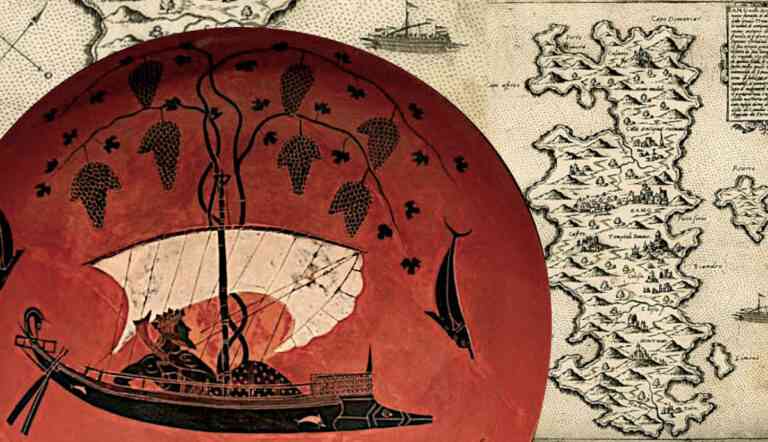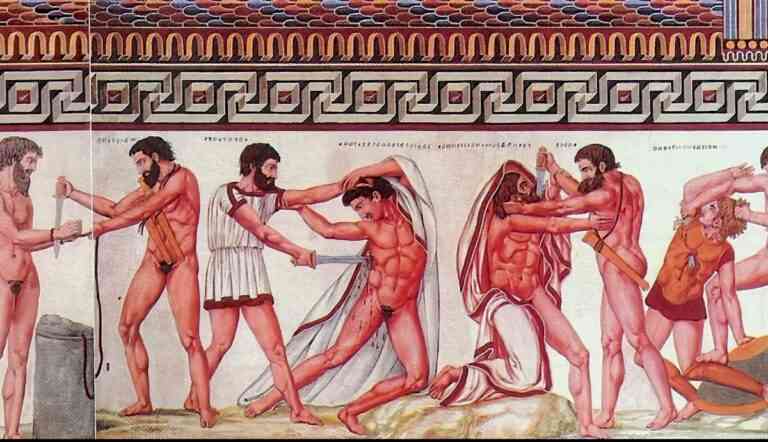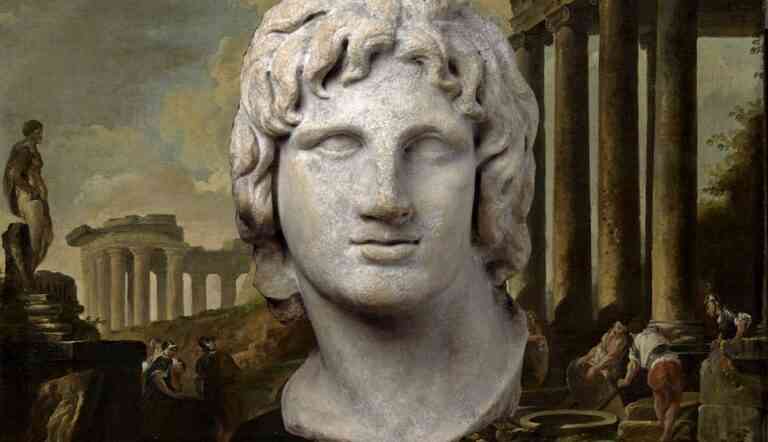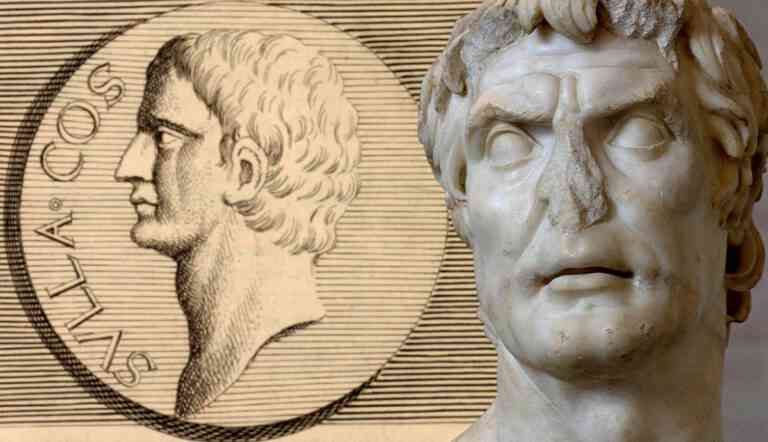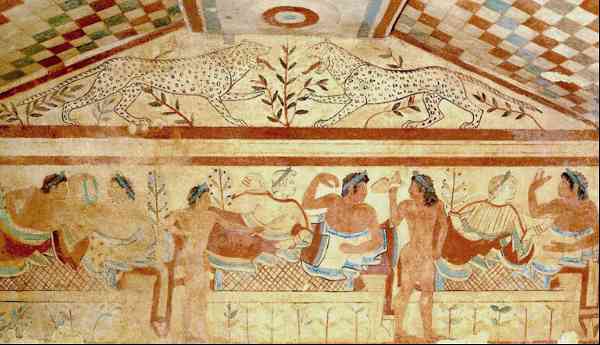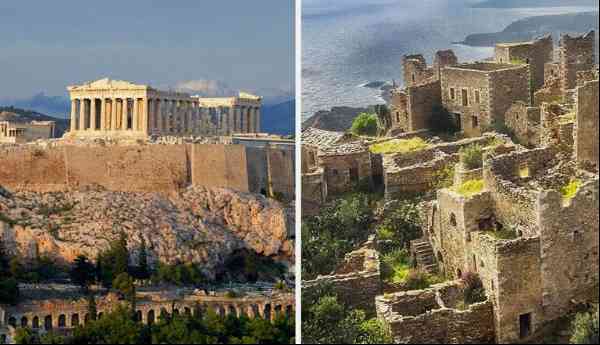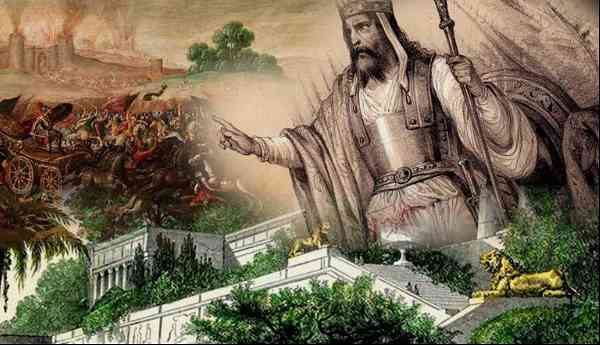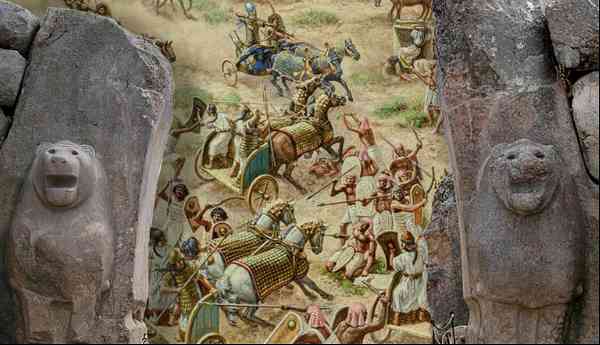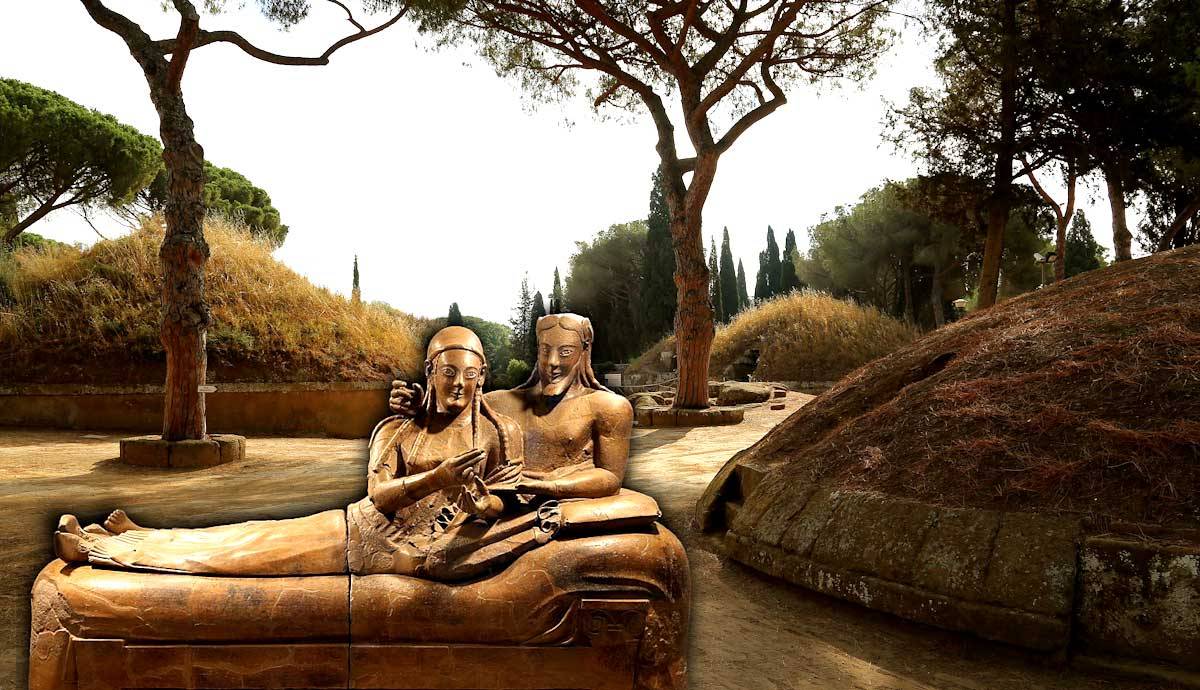
The Etruscans are famous for their mysteriousness. One of the most popular debates surrounding the Etruscans is the issue of where they came from. The earliest legend describing their origin is found in the works of Herodotus, who lived in the fifth century BCE. He claimed that the Etruscans were originally Lydians, living in western Anatolia. There had been a famine in their country, which caused the nation to send half of their people away to another land. They traveled to Italy, where they founded Etruria. Herodotus’ chronology would place this in approximately the era of the Trojan War.
Today, this legendary migration is widely rejected by most — but not all — scholars. Various explanations have been given as to why and when this legend was created. There is still a case to be made that the Etruscan civilization was the result of an influx of Anatolian immigrants.
The Etruscan Orientalizing Period

The issue of when exactly the Etruscan civilization began is somewhat controversial. The Villanovan culture as defined by archaeologists existed from around 900 to 700 BCE. Many researchers consider this to be part of the Etruscan civilization. Others consider the Etruscan civilization in its true sense to have been the successor to the Villanovan culture, starting around 700 BCE. In any case, something fascinating happened in Etruria in 700 BCE. It experienced a dramatic increase in cultural elements that bear remarkable similarities to cultural elements that existed in Anatolia (and the Near East in general).
This is known as the “Orientalizing Period” of Etruscan history. This Near Eastern influence is seen in hairstyles, clothing, pottery styles, artwork, tomb designs, and various other aspects of the civilization. As well as this influence specifically from the Near East, there is evidence for general upheaval in Etruria at this time. This is when the first true Etruscan cities appear, as well as the first monumental tombs, and the first instances of writing. Archaeologist Kristian Kristiansen considers some of this evidence to indicate the arrival of a new elite class in Etruria.

Get the latest articles delivered to your inbox
Sign up to our Free Weekly Newsletter
To a lesser degree, other civilizations (such as the Greeks) experienced a comparable orientalizing period during approximately the same era. But the Eastern influences that emerged in Etruria at this time went far beyond the superficial impact on the culture seen among the Greeks. Reynold Higgins, a Classical Archaeologist, wrote:
“The Oriental influences in Etruria are not of the same order as the contemporary Orientalizing phase in Greece. Although there are obvious resemblances, the process in Etruria was much more sudden in its inception, and far deeper-rooted in its effects.”
This being the case, some researchers view the Orientalizing Period as evidence of the arrival of Anatolian immigrants. After all, why would the Orientalizing Period produce deeper-rooted effects in Etruria than in Greece? The Greeks were geographically closer to Anatolia, and had been trading with and settling there for centuries by 700 BCE. Greece established numerous colonies there, with large groups of people going back and forth. Therefore, the fact that Eastern influences were so much stronger in Etruria than in Greece is definitely conspicuous. One scholar who has proposed the presence of at least an Anatolian elite class in Etruria is Jodi Magness, a very well-respected historian and archaeologist.
Haruspicy
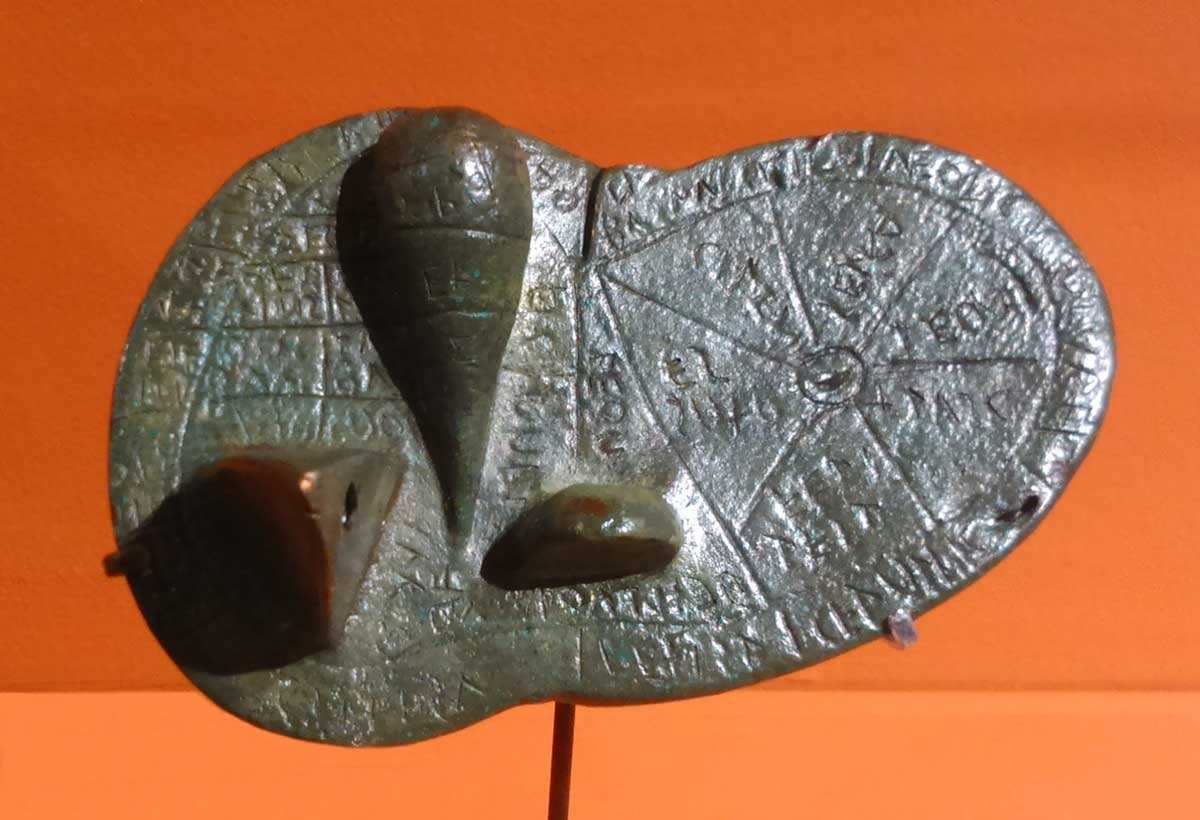
The Etruscans engaged in a practice known as haruspicy. This was a form of divination that involved examining the liver of a sacrificed animal, usually a sheep. It also involved the use of a model liver which had various symbols for divination marked on it. This practice was very common in the Near East. It is known to have been performed by the Babylonians. It is even mentioned in the Bible in the context of King Nebuchadnezzar trying to decide where to invade next. It is known that the Hittites of Anatolia also used haruspicy.
Outside of the Near East, the only region in which haruspicy was practiced was Etruria, before it was then spread by them to the Romans. The very fact that haruspicy was practiced by the Etruscans is significant. German scholar Walter Burkert stated the following regarding haruspicy:
“It must have been a case of East-West understanding on a relatively high, technical level. The mobility of migrant charismatics is the natural prerequisite for this diffusion.”
The presence of this form of divination in Etruria strongly suggests the arrival of at least some prominent individuals from the Near East. The fact that we do not find this practice anywhere outside of Etruria, at least initially, shows the difficulty with which this practice was spread.
Labrys
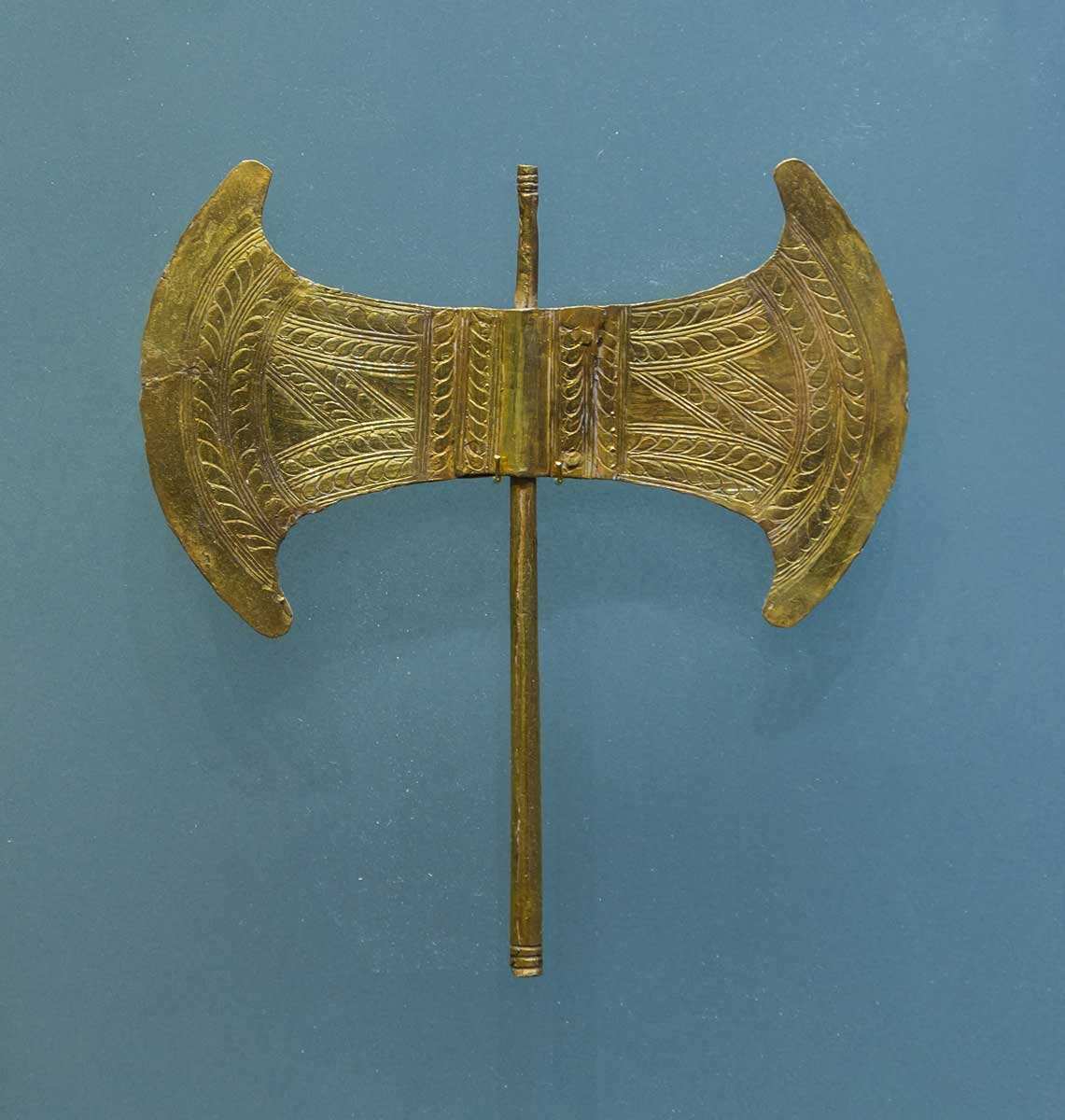
The labrys is the name for the double-axe symbol. It is prominently found in Minoan Crete, where it was used as a religious symbol, possibly to represent one of their chief gods. It is found in several other places as well. However, one of the only cultures in which it was used as a political symbol, rather than a religious symbol, was Lydia in Anatolia. There, it was used as a symbol of authority by the dynasty that ruled Lydia until the early seventh century BCE (Plutarch, Quaestiones Graecae 45).
Outside of Lydia, it seems that the only place in which it was used as a political symbol was Italy (until it spread from there to other lands). Archaeology shows that the Etruscans used the double-axe symbol. It is widely agreed that the Roman fasces, which was a symbol of political authority, originated from the Etruscan use of the labrys.
It is remarkable that the labrys was used as a symbol of political authority only in Lydia and then Etruria (before spreading elsewhere through the Romans). This could certainly be taken as evidence in support of the conclusion that Etruria had at least an elite class from Anatolia.
Anatolian Tomb Designs
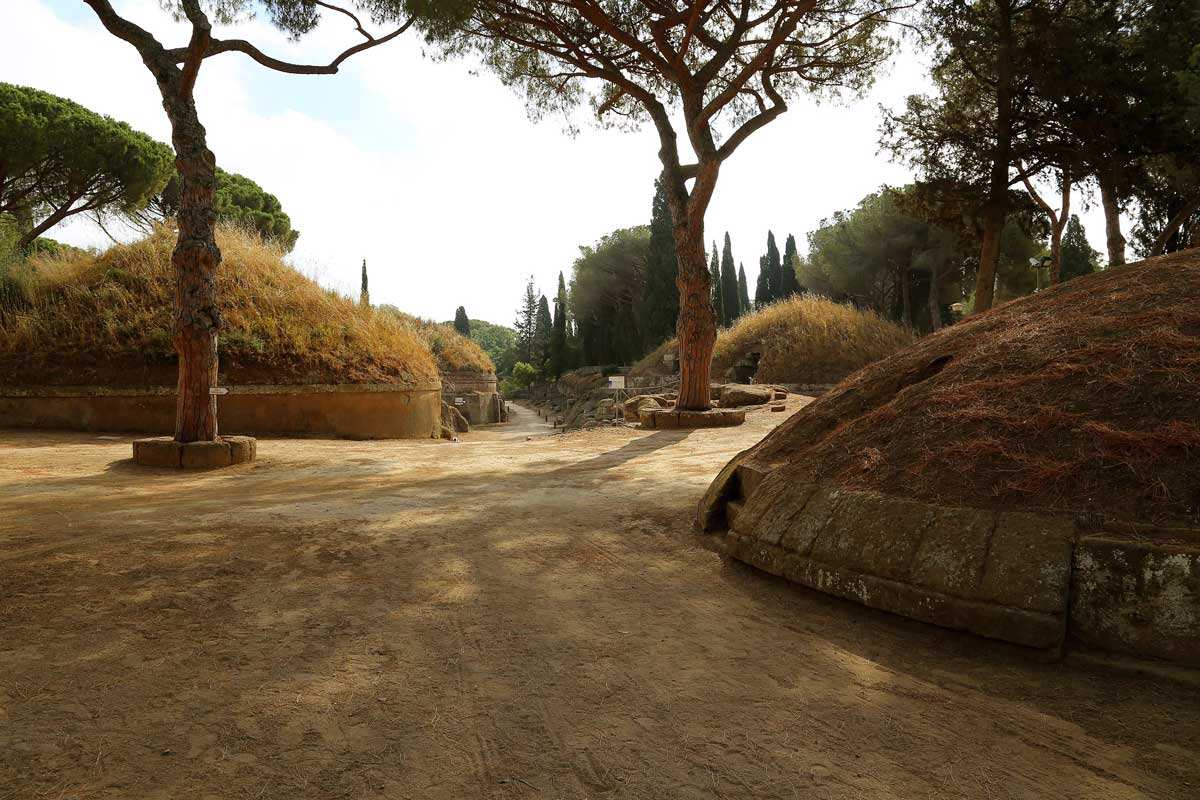
One of the strongest pieces of evidence for the Etruscans having at least a partial Anatolian origin is their tomb designs. As mentioned above the first monumental Etruscan tombs did not appear until about 700 BCE. And what did these monumental tombs look like?
Archaeologists have recognized that the Etruscan tombs from the Early and Middle Orientalizing Periods display strong similarities to tombs from Anatolia. Specifically, they are most similar to tombs from Phrygia and Lydia. One example of a similarity is the use of a stone basement that was decorated with mouldings in the form of circular rings. This feature is found in Lydian tombs as well as Etruscan tombs. A peculiar similarity between Etruscan and Phrygian tombs is the presence of benches, parapets, and headrests within the tombs. Even the funerary statues that the Etruscans created bear remarkable similarities to Anatolian counterparts.

What explains the striking similarities between Etruscan graves and Anatolian graves? Is trade or general cultural influence really the best explanation for this? How could it be? Workers would have had to know what Anatolian tombs looked like. That they were Etruscans who had traveled to Anatolia and were taken on a tour of the tombs is surely not a viable explanation.
More plausibly, those who constructed the tombs were migrant workers from Anatolia who imitated the kind of work that they had produced in their home country. But could individual workers who had migrated to Etruria influence the design of the tombs of the elite class on a national level? This does not seem at all plausible. It puts much less strain on the evidence to simply explain this phenomenon as being the result of the arrival of an elite class from Anatolia. The number of servants and regular citizens who also participated in this migration is much more open to question.
The Lemnos Stele

The Lemnos Stele is a remarkable piece of evidence for the Anatolian origin of the Etruscans. It was found on the island of Lemnos, just off the coast of western Anatolia. It is a stele with a depiction of a man holding a spear, with an inscription written around him. The alphabet is the same as that used by the Etruscans, and the language is virtually identical too. However, the language is different enough from regular Etruscan that it should really be considered a separate dialect. Some scholars even argue that it should be considered a distinct language, but that is rather too extreme.
Sybille Haynes, a respected expert on the Etruscans, concludes that the people of Lemnos must have been separated from their people (the Etruscans) for several generations. This would allow time for a distinct dialect to develop. The stele itself is dated to the later part of the sixth century BCE, but not later than 510 BCE. This would indicate that the people of Lemnos probably split off from the Etruscans around approximately 700 BCE.

The question is, were the Etruscans who settled on Lemnos part of a group traveling east to west, or west to east? In other words, is this evidence of their migration from Anatolia to Etruria? Or is this just the remnant of an Etruscan colony sent out from Etruria?
Consider the fact that the group who settled on Lemnos must have split off from the Etruscans in around 700 BCE. At that time, the Etruscan civilization was still in its infancy. There is no evidence that they were sending off colonies as far away as Anatolia as early as 700 BCE. It was not until the sixth century BCE that they were the “masters of the sea”. Therefore, the more logical conclusion is that this is a trace of their migration from Anatolia to Etruria. The date when this island must have been settled by Etruscans nicely corresponds to the start of the Orientalizing Period in Etruria, which is conspicuous. In fact, Strabo explicitly made the claim that the Etruscans stopped off at Lemnos on their way from Anatolia to Italy.
Did the Etruscans Come From Anatolia?
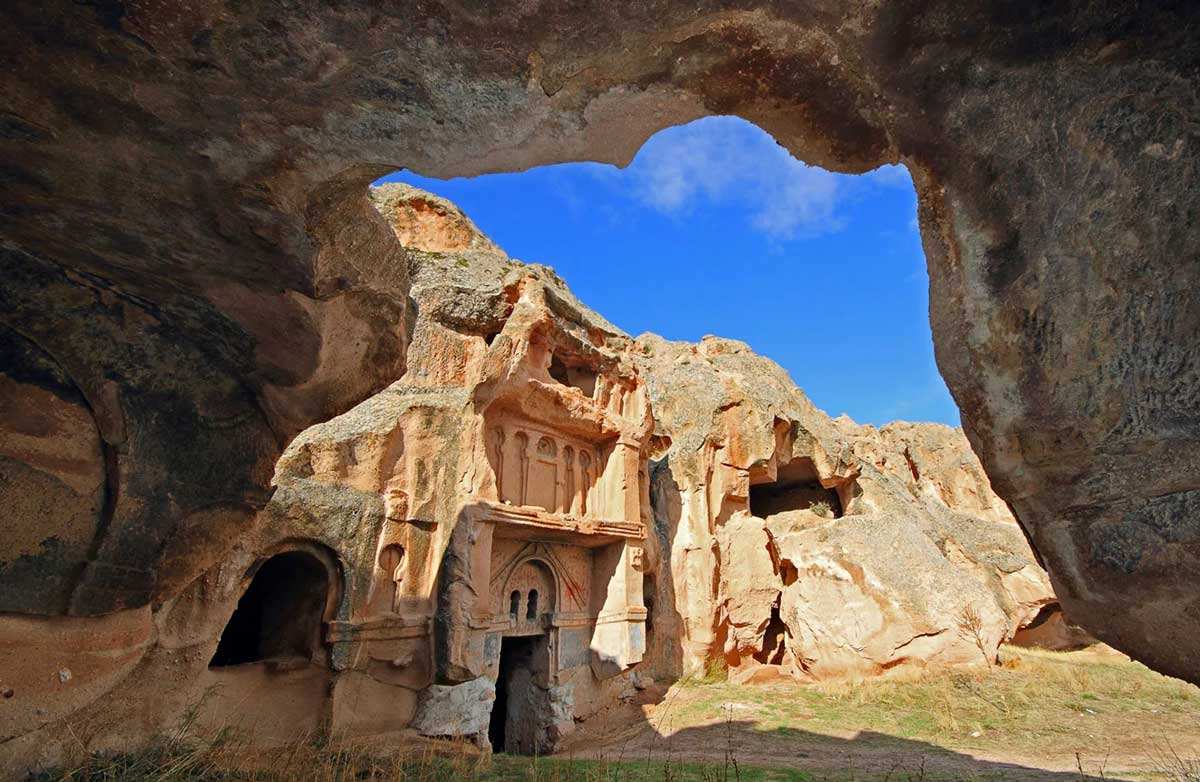
The answer to the question raised at the outset of this article is not a simple one. A civilization is composed of various different elements. Two of the most basic elements are the elite class and the common people. The evidence that we have looked at in this article does not necessarily prove that the common people — the Etruscans as a whole — came from Anatolia. However, it does provide strong support for the conclusion that the elite class of the Etruscans (from 700 BCE onwards) had an Anatolian origin.
In particular, the designs of the monumental tombs that the Etruscans used were very similar to Anatolian designs. This is not easily explained without a significant (either numerically or politically) substratum of the Etruscans being composed of Anatolians. The evidence from the sudden inception of the Orientalizing Period strongly supports this. The same can be said about the use of the labrys as a political symbol, the practice of haruspicy, and the evidence from Lemnos.

